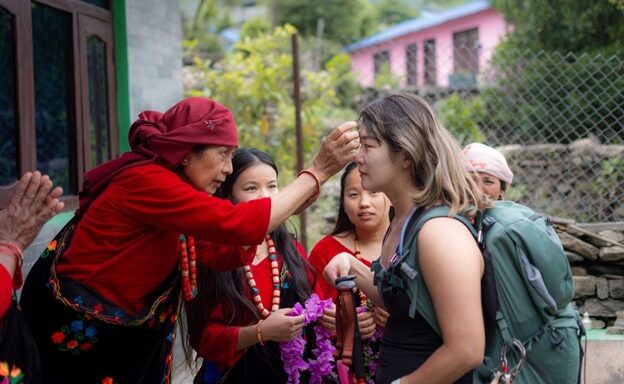
Turismo Comunitario en las Maldivas
EN ES Los lujosos centros turísticos de las Maldivas, cada uno de ellos ubicado en su propio atolón, han dejado a la mayoría de los isleños fuera de la ecuación turística. Shannon McCarthy y Chloe King describen cómo un modelo de casa de visitantes basado en la comunidad puede cambiar

